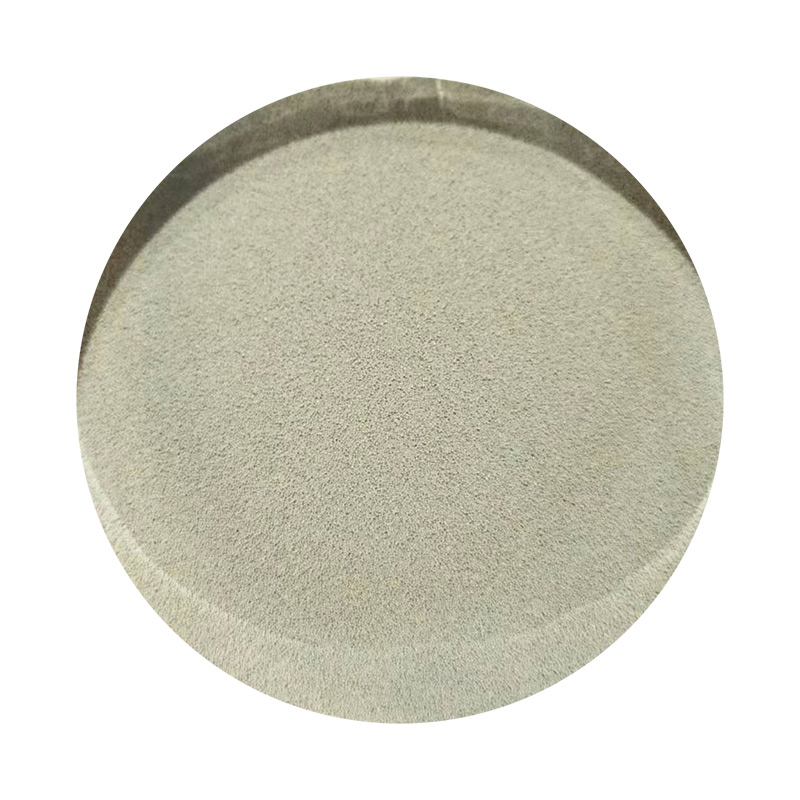

Meticulous process controls underpin the casting process, where sand must deliver consistent performance. This requires regular testing and monitoring of sand properties such as permeability, strength, and moisture content. A lapse in oversight could lead to misruns, gas defects, or compromised strength, undermining the product’s structural integrity. Therefore, adherence to best practice standards elevates the reliability of each casting batch, ensuring that theoretical knowledge translates into real-world success. Environmental considerations are another pivotal dimension of expertise in sand casting. Post-production, spent sand must be managed responsibly to minimize environmental impact, demanding strategies such as reconditioning for reuse or safe disposal. Leading-edge operations leverage this aspect not just to meet regulatory compliance but to drive sustainable practices that enhance corporate social responsibility profiles. In summary, the world of sand for casting is nuanced and demands a blend of technical know-how and hands-on experience. By prioritizing a deep understanding of material properties, process controls, and environmental stewardship, manufacturers can create high-quality cast products that stand out in a competitive market. As a result, companies that invest in the subtle yet profound mastery of sand casting processes find themselves positioned not only as industry leaders but as stewards of innovation and excellence in metal manufacturing. Post time:ມ.ຖ. . 04, 2025 11:34
Next:Resin coated ceramic sand
